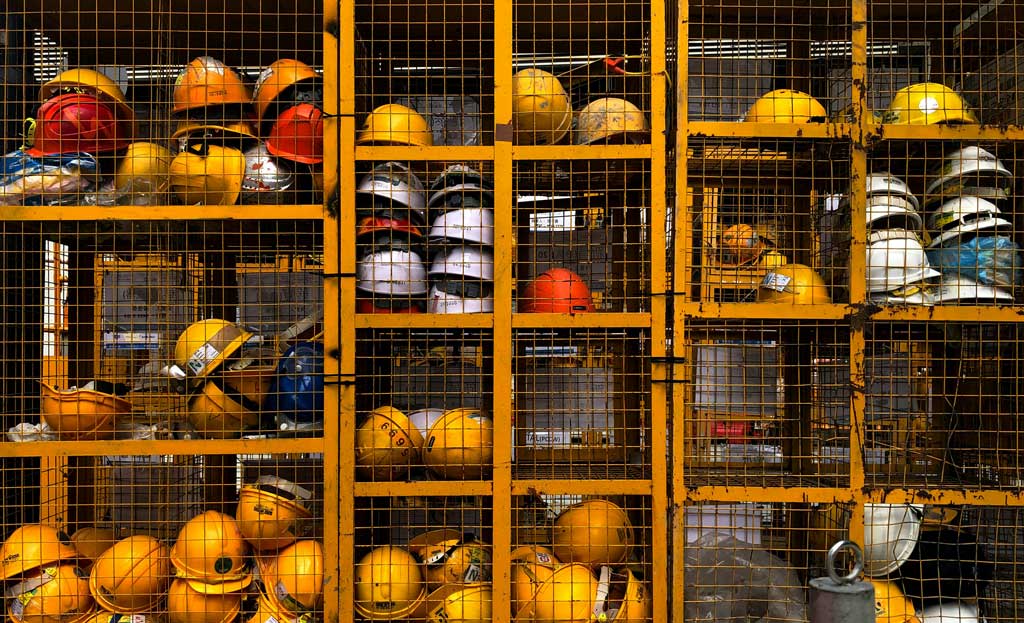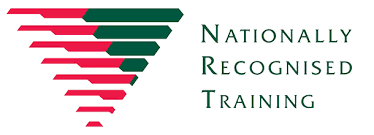Expertise
Our instructors are seasoned professionals with years of experience in the field and understand the environment.

Elevate your team’s rescue capabilities in confined spaces with our Confined Space Rescue Training, meticulously tailored for industrial environments. This on-site program is designed for a variety of industry sectors, specifically to meet the unique safety and rescue demands of your workplace, ensuring the training is highly relevant and directly applicable to your team’s rescue roles.
Conducted within your own operational environment, our Confined Space Rescue Training offers an engaging and practical learning experience. We concentrate on real-life rescue scenarios specific to your industry, ensuring the techniques and strategies taught are immediately practical and applicable to rescue duties.
Recognising the diverse nature of rescue teams, our training emphasises leadership in emergency situations, effective communication, and strategic teamwork during confined space rescues. This approach enhances team cohesion and significantly improves the team’s rescue operation effectiveness.
With flexible scheduling, our training is crafted to seamlessly align with your organisation’s timetable, minimising impact on daily operations. Our program extends beyond the basics of confined space entry, focusing on developing confidence, advanced situational awareness, and emergency rescue preparedness, empowering team members to efficiently conduct confined space rescues.
Choose our Confined Space Rescue Training for a focused, impactful approach to advance rescue skills in confined environments, ideally suited for your industrial needs. It’s a crucial move towards building a safer, more proficient rescue team.
Students who are deemed competent will receive a Statement of Attainment, which is recognised under the Australian Qualifications Framework. This training is nationally recognised:

The RTO responsible under the National Vocational Education and Training Regulator Act 2011 for the quality of the training and assessment being delivered in this course and for the issuance of all AQF certificates is:
Intrinsic Safety trading as Rescue Group Training
RTO No. 45803
Our detailed course outline ensures a thorough grasp of:
We provide a well-rounded assessment process that encompasses both practical tasks and scenarios, as well as written theory assessments, throughout the training. This comprehensive approach ensures a thorough evaluation of your skills and knowledge, allowing you to demonstrate your competency in real-world application and theoretical understanding.
Specific assessment tasks to be undertaken include:
Course Duration & Modes
Each format is tailored to different learning styles and schedules, ensuring effective and efficient Confined Space Rescue Training.
This course can be delivered/assessed in the workplace or at a facility organised by Rescue Group Training.
Our Confined Space Rescue Training is expertly designed to cater to the specific needs of a wide range of industries, ensuring that teams are prepared for the unique challenges of confined space emergencies. Here’s how our training is customised for different sectors:
Construction and Building Maintenance:
Tailored for situations involving tunnels, sewers, and manholes, our training equips teams to handle rescues in complex construction environments.
Oil and Gas Industry:
We focus on rescues in storage tanks, pipelines, and confined spaces with hazardous gases, critical for oil and gas operations.
Mining:
Our training addresses the high risks in underground mining, including collapse and dangerous gas exposures, preparing teams for rapid response.
Chemical Manufacturing:
We provide specialised rescue training for hazardous environments in chemical plants, focusing on tanks and reactors.
Utilities (Water and Sewerage Services):
Our program is designed for rescues in underground utilities like sewers and pipelines, where quick and efficient response is vital.
Maritime Industry:
We offer training tailored for confined space rescues on ships and offshore platforms, focusing on tanks and engine rooms.
Emergency Services:
Essential for firefighters and rescue teams, our training prepares them for a variety of confined space emergencies.
Pharmaceuticals:
Our course is adapted for scenarios in the pharmaceutical industry, where rescues might involve hazardous substances.
Agriculture:
We focus on rescues in grain silos and storage areas, common confined spaces in the agricultural sector.
Transportation (Rail and Road):
Our training covers confined space rescues in transportation, including tunnels and tankers.
Aviation Industry:
We prepare teams for confined space emergencies in aircraft and maintenance areas.
Waste Management and Recycling:
Our training is designed for the unique challenges of confined spaces in waste processing and storage areas.
Choosing our Confined Space Rescue Training ensures your team is equipped with the necessary skills and knowledge to safely and effectively conduct rescues in high-risk confined spaces. This training is an essential investment in enhancing safety and operational readiness across a multitude of critical industries.
For comprehensive details on your rights and responsibilities, including our complaints and appeals process, kindly refer to the Pre-Enrolment Participant Handbook on our website.